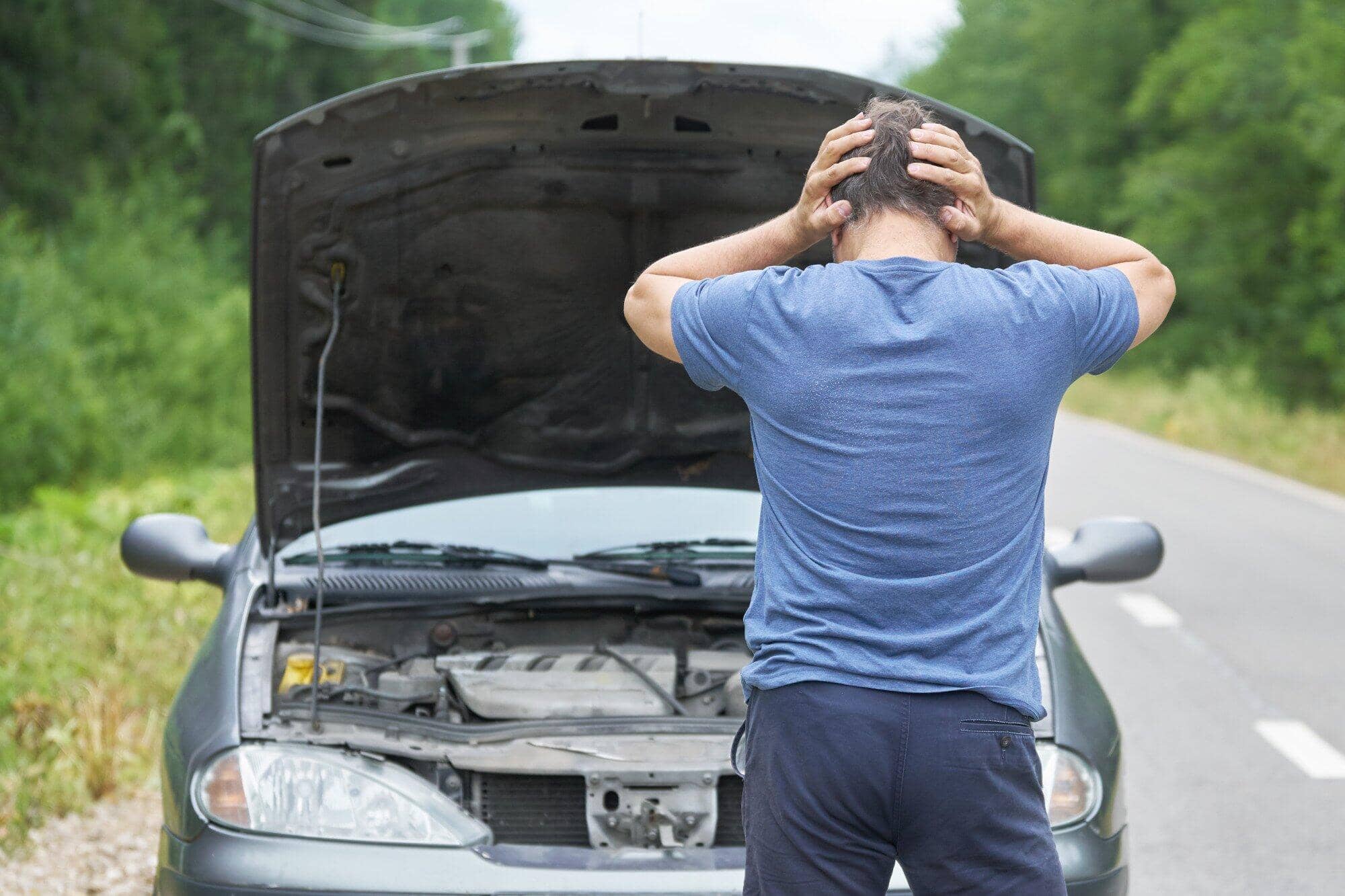It’s the dreaded problem for every biker. Press the ignition and instead of the throaty roar from the engine you expect, there is deafening silence. Sometimes, the solution can be as embarrassingly obvious as:
- The engine turn switch is in the ‘Off’ position
- The kickstand is down (if the bike has a kickstand sensor)
- The clutch was not engaged and/or the bike is not in gear
- The choke is in the wrong position for the ambient conditions
- There is no fuel in the tank
- The fuel control valve (petcock) is set to the ‘Off’ position (if the bike has the switch)
In these scenarios, the problem is solved easily. However, if a check reveals that these factors are not to blame, you will have to take a deeper dive. Before you begin, make sure to place your bike up on the center stand. It is always helpful to work on your bike in a well-lit area. A flashlight (or your phone) can be helpful to peer into dark corners.
Table of Contents
Battery
A weak or undercharged battery is one of the most common reasons that your bike will not start. On many bikes, this will be indicated on the display before the battery gives out. Pay attention to the signs. In cases where the display itself does not work, the issue is almost certainly the battery.
If there was no previous indication, then the easiest way to check is by trying to use the electrical switches such as the headlights and turn indicators. Weak or non-operational lights are a clear sign that the battery is the issue.
In some cases, the issue can be resolved simply by undoing and redoing the connections. Otherwise, a quick charge may help but the safest option may be to replace the battery. Get a budget rental car and make your way down to your dealership to get the right battery for your bike.
Spark Plugs
Dirty spark plugs are another common explanation for a bike that won’t go. Locate the spark plugs and unscrew them from their well. Only remove one plug at a time and always cover the spark plug socket with something like a clean cloth to prevent dirt from getting inside.
Spark plug electrodes are shiny and glisten when they are clean and/or new. As they are used repeatedly and because of atmospheric conditions, debris can accumulate on their surface and prevent them from functioning as they should.
First, wipe off any visible dirt and debris. You can use compressed air for a more thorough job. For an especially grimy plug, you may have to sandpaper off the dirt. Use brake cleaner or WD-40 to loosen especially persistent grime and wipe it off with a clean rag. Reinstall the plugs and try to start your bike.
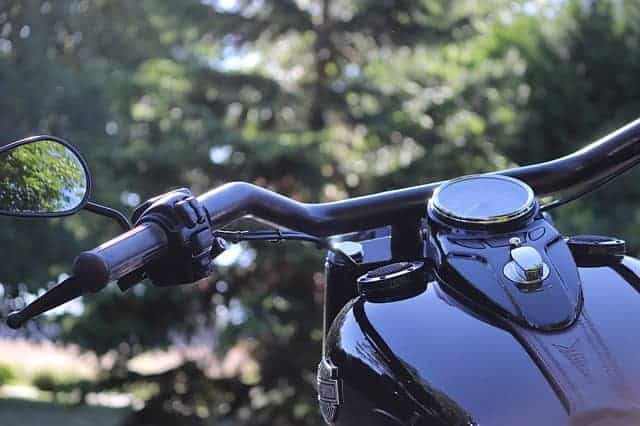
Fuel Supply
If you checked the petcock earlier and found it to be in the ‘On’ position, there could still be an issue with the fuel supply. To check, first turn it to the ‘Off’ position and disconnect the fuel supply hose. Very slowly, turn the valve to the ‘On’ or the ‘Reserve’ position.
If there is no obstruction, fuel will begin to flow. Switch the valve back off as soon as possible and clean up any spilled fuel as a priority. If fuel does not flow, there may be an obstruction in the petcock due to a buildup of grime and corroded parts. A thorough cleaning or a complete replacement may be necessary.
Air Intake and Muffler
An engine needs air to flow just as much as it needs fuel to flow. Obstruction to the airflow at either end of the ignition system could be the reason that your bike is not starting.
Check your air intake filter and clean it. Check that there is no foreign body lodged in the muffler. This foreign body could be anything from a tennis ball from mischievous neighborhood kids to a rodent looking for a spot out of the cold. Debris can also accumulate inside if your bike has been stationary for an extended period of time.
Final Resort
If these basic steps did not get your bike running, the problem could be more serious and potentially considerably more expensive. Don’t void your warranty by attempting major repairs. Have a qualified mechanic look at it – it will be well worth it in the end.



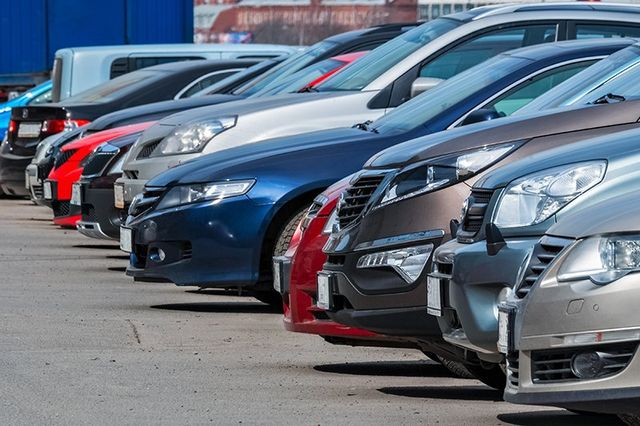

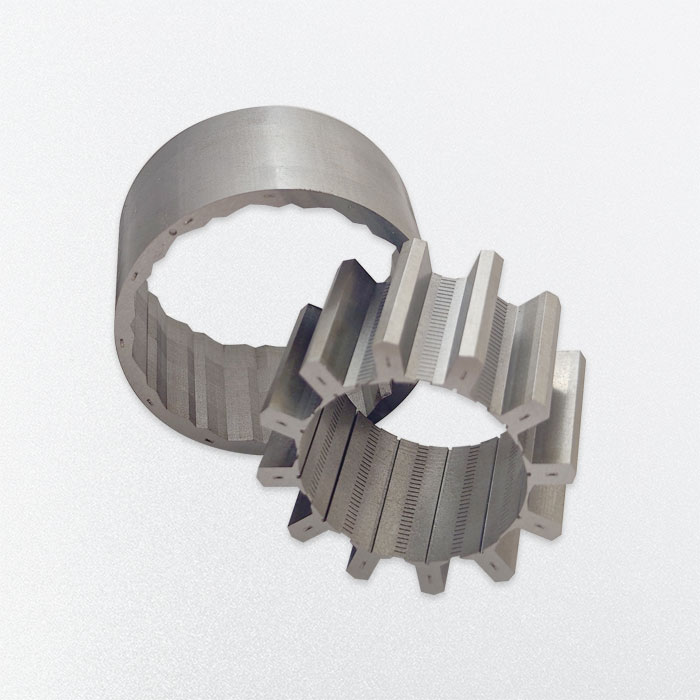
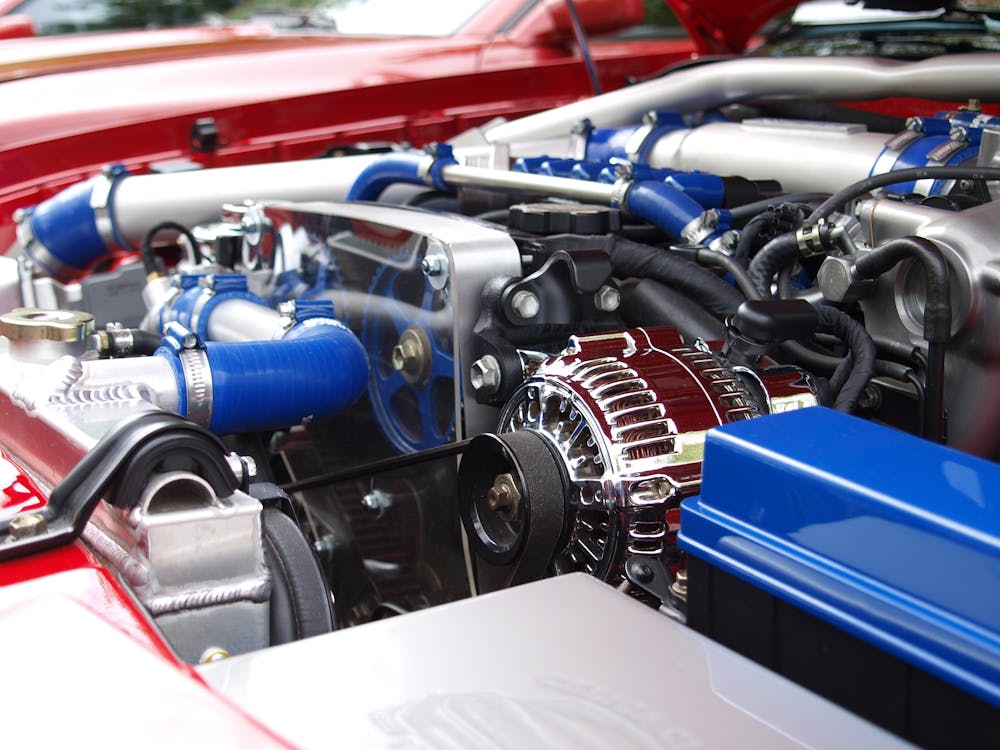
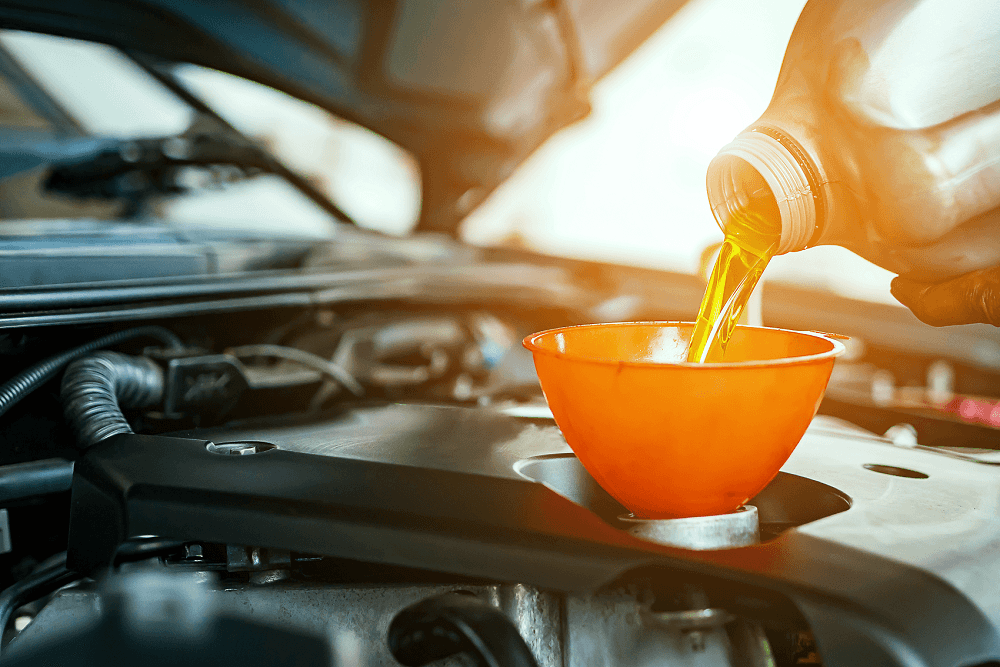
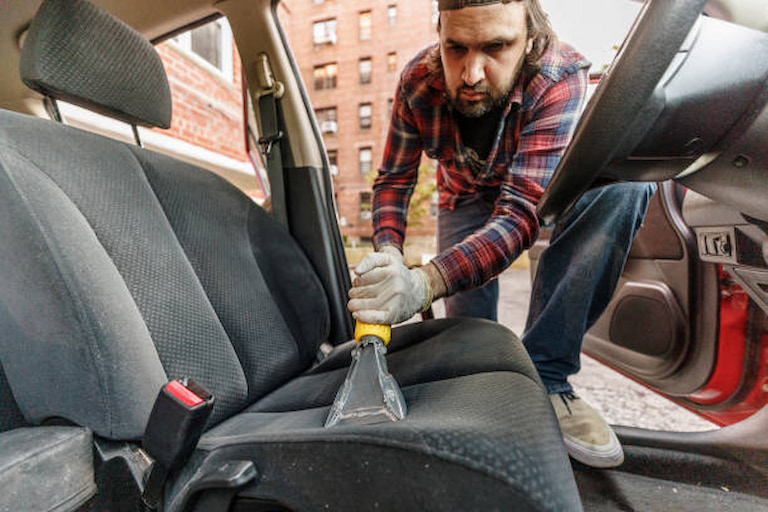
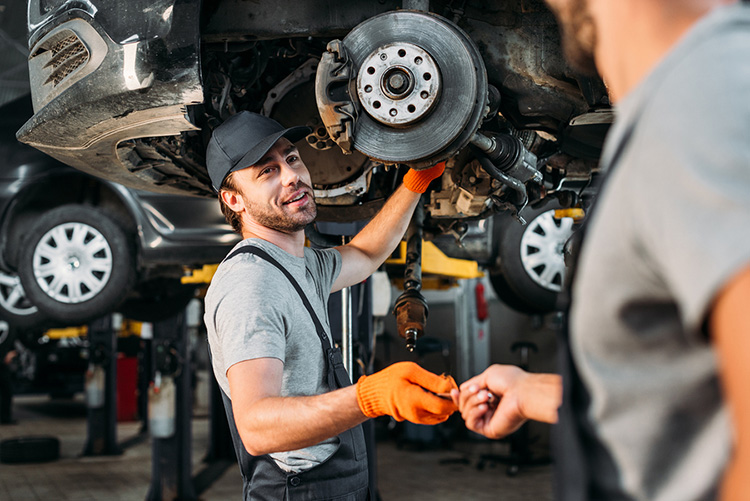



:max_bytes(150000):strip_icc()/GettyImages-522272311-5949bdc15f9b58d58a035319.jpg)
